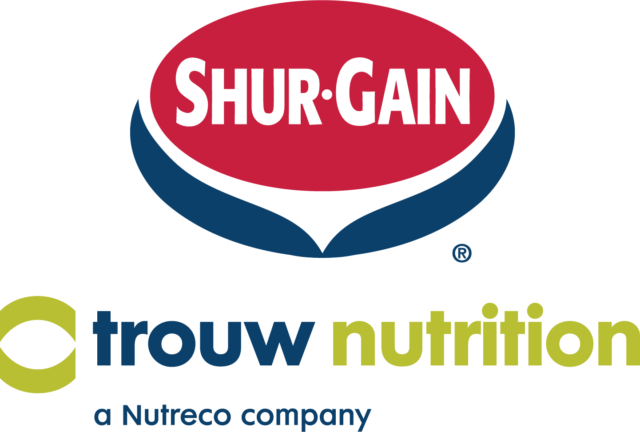The report, published through Agri-Food Economic Systems, an independent economic research organization, concludes, “The ongoing narrative in which the U.S. casts itself in the role of the victim to protectionist interests of Canadian dairy is highly simplistic and inaccurate.”
Mussel comments there are more “profound similarities in Canadian and U.S. milk marketing policy” than we tend to think.
Canada imports more dairy products than the U.S. on a per-capita basis. Canada imports about 10 percent of its market tariff-free, while the U.S. imports only 3 percent of their market. Mussell notes: “In comparison with its market size, the U.S. allows for much less cheese market access within its tariff-rate quota. Canada allows in about double what the U.S. does on a relative production share basis.”
Another revelation of this report: Some of the U.S. over-quota tariffs are higher than Canada’s.
Dairy Farmers of Canada (DFC) has recently published on the Farmers’ Voice blog four facts on Canada-U.S. dairy trade to further educate on the issue.
1. Canada imports a huge amount of U.S. dairy
Canada’s dairy trade deficit with the U.S. has fluctuated from year to year, grown steadily in the last 10 years, reaching a ratio of 5-to-1 in 2016, and in 2017, it came back to the trade balance levels seen in 2014. In 2017, Canada imported a massive $470.6 million in U.S. dairy products.
In the same year, the U.S. only imported $149.5 million worth of Canadian products. This type of trade deficit would usually be characterized as “no small feat” in the context of the disproportionate market size of the U.S. compared to Canada.
2. Trump is wrong about tariffs on dairy
U.S. President Donald Trump claims all U.S. dairy products face a 270 percent tariff when entering Canada, which is false.
Imported dairy products, including those coming from the U.S., do not pay the tariff when they arrive on the Canadian market. Tariffs are only imposed after a certain level of imports has been reached. This measure, called tariff-rate quota, grants our farmers the ability to better plan their production and means Canadians waste less product.
The U.S. uses tariff-rate quotas to limit dairy products they import too – and some of their tariffs are higher than Canada’s.
3. Canada imports more dairy than the U.S. on a per-capita basis
Although Canadian dairy farmers would be more than happy to meet all of the Canadian demand for dairy, Canada imports about 10 percent of its market tariff-free. This is important to note considering the U.S. imports only 3 percent of its market because they impose their own heavy roadblocks on exporters.
To put this into perspective, each Canadian has much greater access to imported dairy products than an American does.
4. Canada’s dairy industry supports Canadians
Perhaps the most important element to consider in the trade debate is the important economic engine that is the Canadian dairy industry. Canada’s dairy industry proudly contributes about $20 billion to the national GDP. On top of this important economic contribution, the Canadian dairy sector supports 221,000 jobs at home.
These are taxpayers, consumers and families who rely on dairy for their livelihood and, in turn, support their communities. ![]()
Founded in 1934, Dairy Farmers of Canada (DFC) is the national organization which defends the interests of Canadian dairy farmers and strives to create favourable conditions for the Canadian dairy industry. Working in accordance with supply management principles, DFC promotes safe, high quality, sustainable and nutritious Canadian dairy products made from 100% Canadian milk through various marketing, nutrition, policy and lobbying initiatives. Driven by a strong sense of community and pride, DFC and Canadian dairy farmers actively support a number of local and national activities. Visit Dairy Farmers of Canada for more information.








